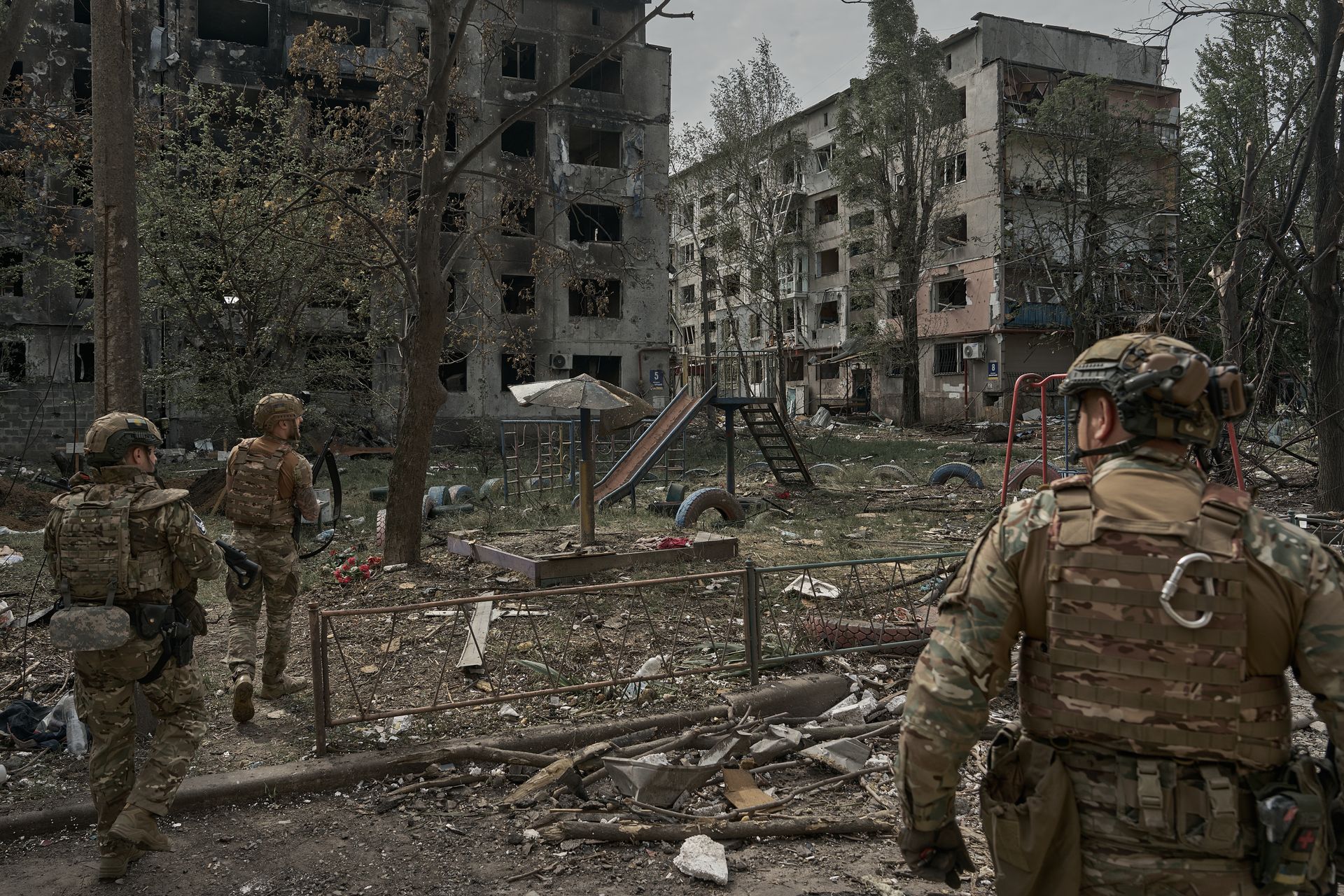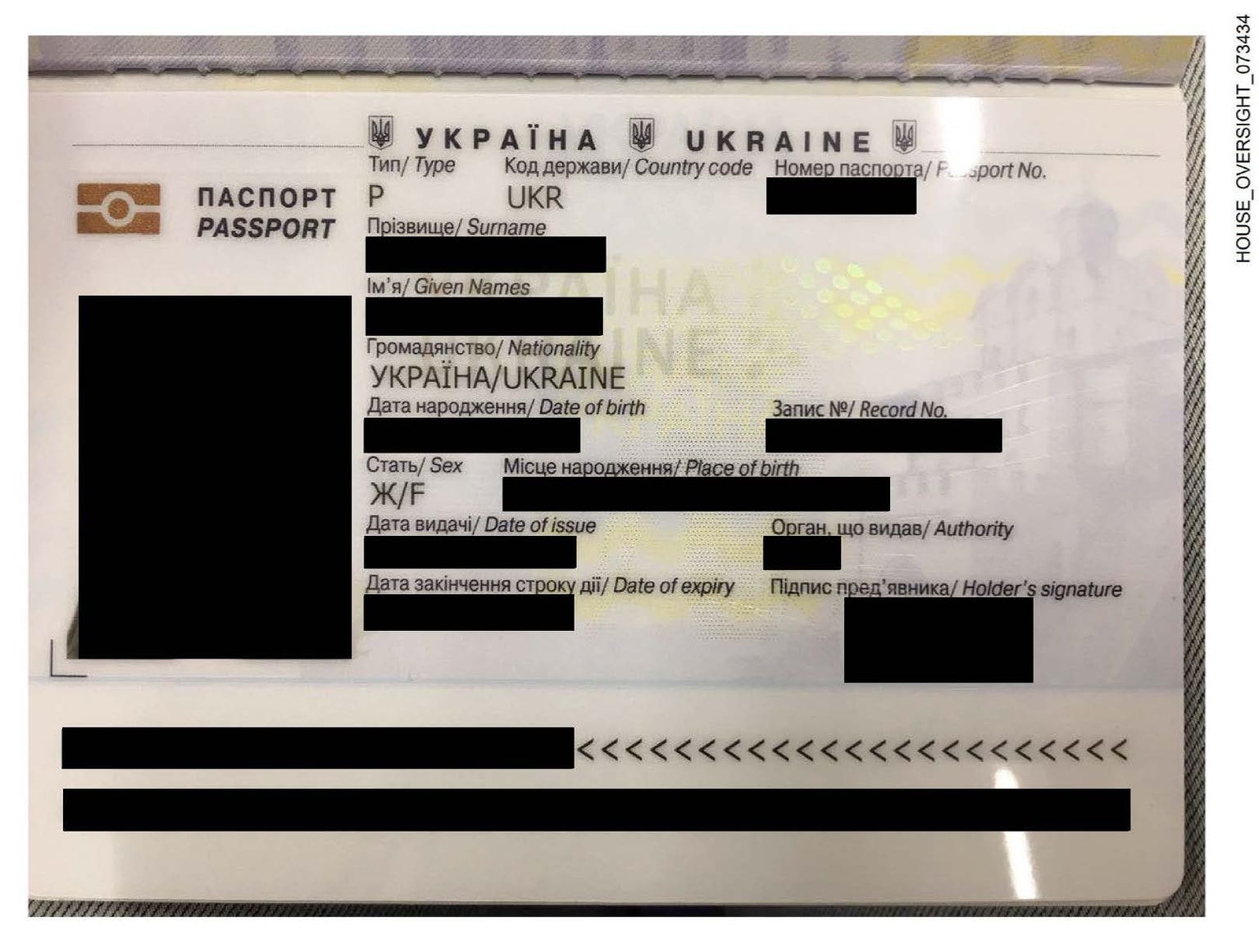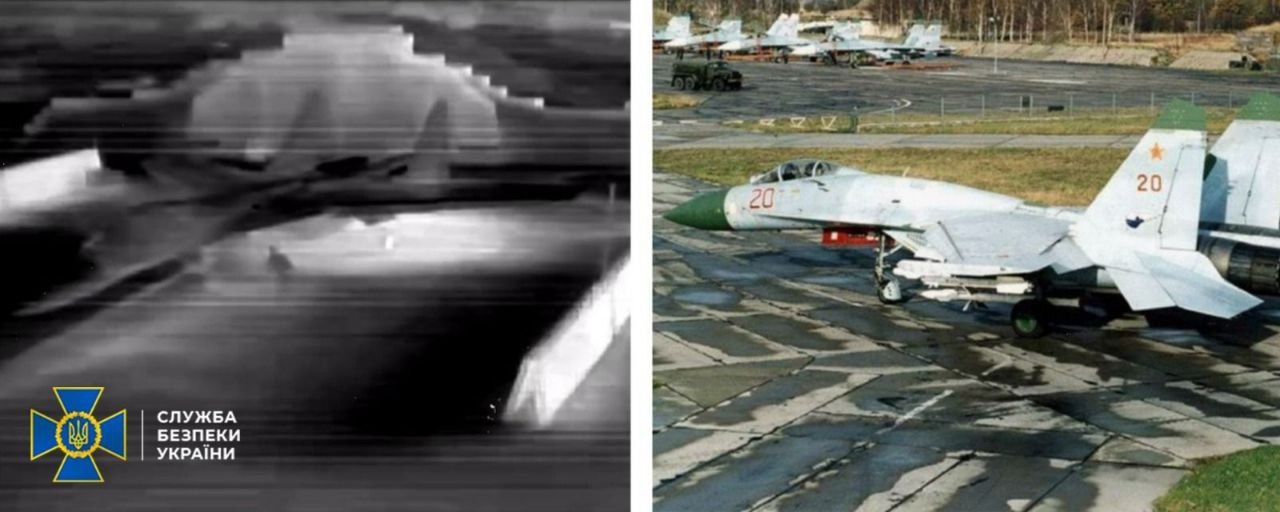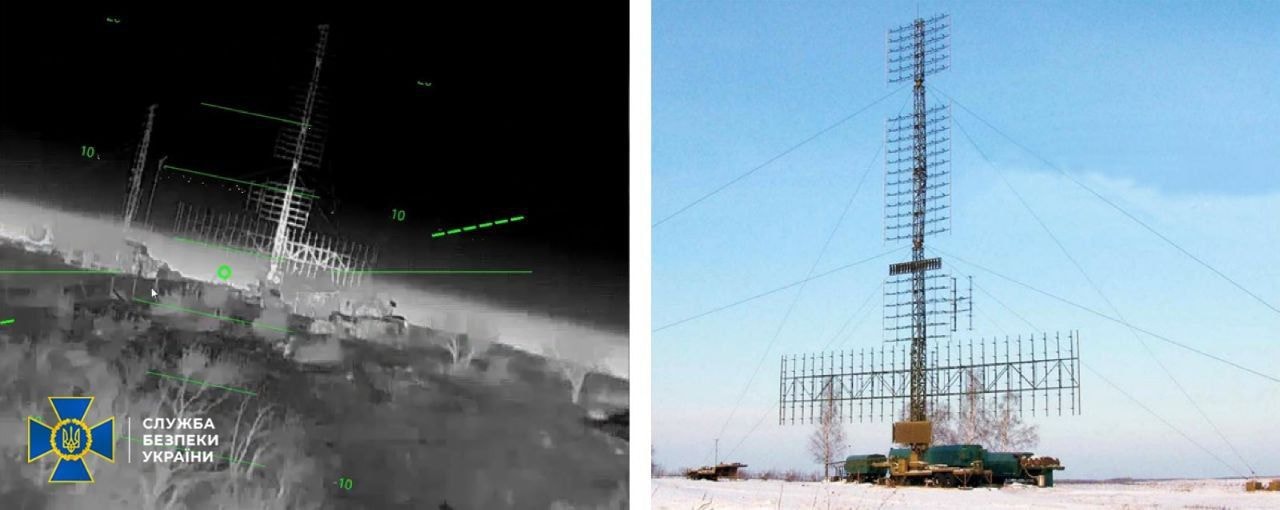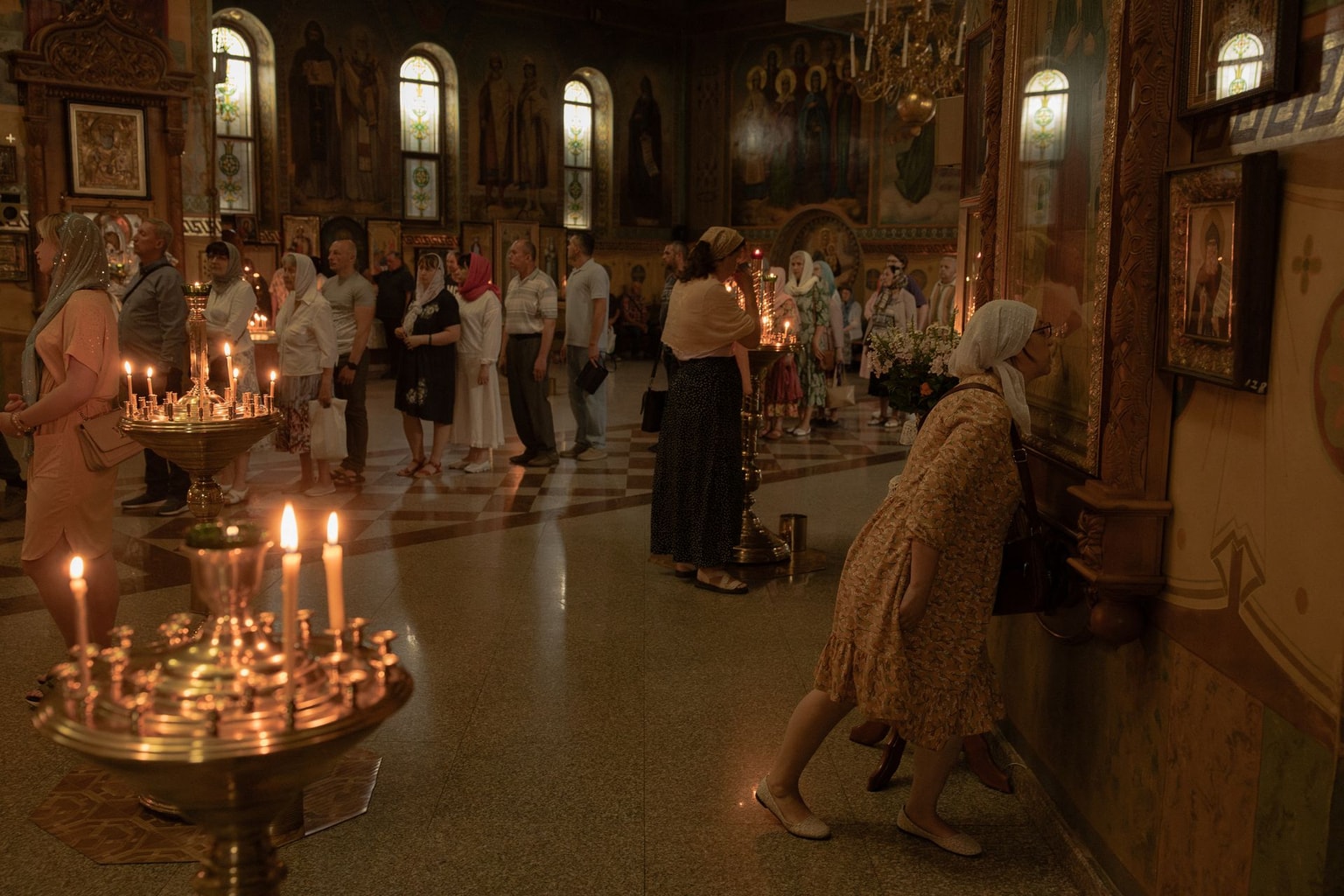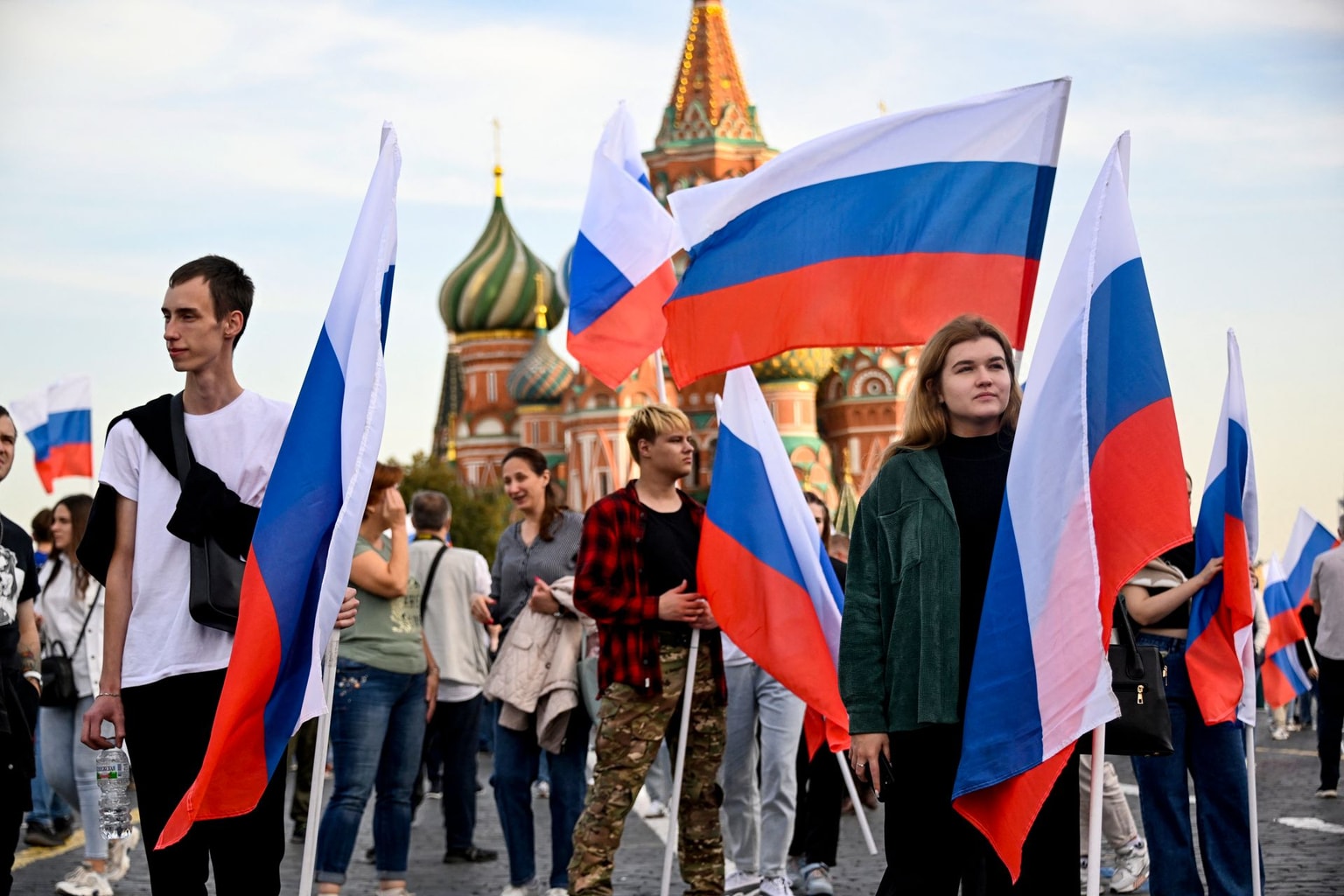
Analysis: Pokrovsk on the brink as Russian troops, drones infiltrate deeper into Ukraine’s fortress city
An aerial view shows destroyed residential houses burning after shelling by Russian forces in Pokrovsk, Donetsk Oblast, Ukraine, on Aug. 31, 2025. (Taras Ibragimov / Suspilne Ukraine / JSC “UA:PBC” / Global Images Ukraine via Getty Images)
At first, the pictures went viral for another reason.
Two Ukrainian civilians were shot dead and another injured on the roadside, the victims of another Russian war crime that was as everyday as it was horrific.
Ordinary, peaceful residents of the city of Pokrovsk — the very people Russia claims to be “liberating” in its war of destruction in the Donbas, who held on to life in their homes for a year after their city became a war zone — snuffed out in an instant.
But beyond the shock and anger, the images and the story behind them — that Russian soldiers had murdered these civilians near the railway line in Pokrovsk — also revealed a grim new battlefield truth.

After more than a year as the rock upon which Russia’s territorial ambitions in Donbas were broken, cracks are opening in Ukraine’s defense of Pokrovsk, and the end may finally be near.
Less than a day after the video of the murdered civilians emerged, the 7th Corps of Ukraine’s Air Assault Forces acknowledged the Russian penetration to the railway, showing Ukrainian drones targeting the group inside the station building.
The videos were just the latest in a series of geolocatable snippets of drone footage, filmed both by Russians and Ukrainians, showing Russian assault troops deep inside the urban area of Pokrovsk, far beyond the southern neighborhoods where fighting had previously been seen. These images are, in turn, the raw data used by open-source mapping projects that give all of us an understanding of where the front line is.
This was not the first time Russian soldiers had broken into Pokrovsk. Back in late July, a major breach occurred in the southwest of the city, only about two weeks after the Kyiv Independent visited the city, embedded with a Ukrainian drone team.
That incursion into Pokrovsk was on a smaller scale. With the help of the 425th Assault Regiment, better known as Skelia, Russian forces were cleared from the urban area of Pokrovsk, and the city continued to hold, in stable but difficult conditions, over the following months.
Although "Fortress Pokrovsk" stood firm through August, September, and early October, the viability of Ukraine’s hold on the city was becoming more fraught with every passing week. By the beginning of summer, Russian first-person-view drones — including the fiber-optic variant, immune to jamming and perfect for laying ambushes along key logistics roads — controlled all of the entrances to Pokrovsk from the sky.
That drone saturation, as the war has shown us, only becomes denser with time — and Pokrovsk was no exception.
For the brigades still holding sectors inside the city and in neighboring Myrnohrad, this meant that each and every logistics and rotation run in and out of the city had a higher chance of being hit by a drone than the last.
For soldiers from the 68th Jaeger Brigade who spoke to the Kyiv Independent, holding the front line on the southern edge of the city, this meant, in practical terms, simply running out of vehicles — not only armored personnel carriers, but also the standard modified pickup trucks that most Ukrainian soldiers use for everyday logistics.
But running out of vehicles is only one part of the problem. Tighter and tighter Russian drone control over logistics prevents troop rotations or inflicts heavy losses during them. Drone and mortar teams are no longer receiving their everyday supplies of drones, ammunition, and fuel. Gradually, the actual manpower and fire assets defending Pokrovsk from the inside were spread thinner and thinner.
For Ukraine to survive in this war — and eventually to win it — the staging of brutal but favorable attritional battles around fortresses like Pokrovsk remains crucial.
This, in turn, provided more and more openings for Russian infantry groups — having already honed their infiltration-based assault tactics over 2025 — to once again creep past Ukrainian lines into the southern neighborhoods of Pokrovsk.
Here, I use the word creep very deliberately, having watched what these assaults look like in real time on Ukrainian drone feeds all across the front line. We are not talking about dramatic breakthroughs, but about groups of Russian soldiers sometimes numbering no more than two or three, sometimes even just single infantrymen advancing alone, using tree lines and other pieces of cover to slowly make their way through the Ukrainian kill zone.
Most of them don't make it, but those who do dig in, await reinforcements, and then often begin ambushing Ukrainian soldiers, including drone teams, in the rear. If they make it inside the dense, built-up area of a city like Pokrovsk, with high-rise buildings and endless opportunities for cover and concealment, clearing them out becomes an almost impossible task.
It is these two factors, combined and coordinated — the degradation and ruthless hunting of Ukrainian supply routes into the city, and the advancement of Russian small-group infiltration assault tactics taking advantage of a porous defense — that appear to be heralding the beginning of the end for Pokrovsk.


Still, the final chapter of the battle has not yet been written, and much is still up in the air.
Unfortunately, if we look at the fate of other so-called fortress cities in Donbas over the course of Russia’s full-scale war, the signs are foreboding for Pokrovsk. The situation reminds me in many ways of Bakhmut and Avdiivka, where Ukrainian forces managed to defend the flanks of the city to prevent a complete encirclement — moments of fierce, heroic fighting — but ultimately, Russian fire control over the roads in and out, combined with advances inside those cities and a refusal by the Ukrainian command to order a timely withdrawal, led to chaotic retreats, unprepared defenses beyond the city, and, worst of all, avoidable losses.
But unlike in Bakhmut or Avdiivka, where ground lines of communication were a gauntlet of more traditional direct and indirect fire from nearby Russian positions, Pokrovsk faces its own final act in an environment of asphyxiating drone saturation at a level we have not seen in previous battles. Given this, I worry that the Ukrainian command’s common reluctance to order a timely retreat could have even deadlier consequences. I hope my fears are unfounded.
For journalists, volunteers — let alone soldiers and residents of the area — the looming fall of Pokrovsk is hard to accept, especially with memories from just over a year ago, when it was a buzzing city in the rear with everyday life still intact, still so fresh.
But to end on a positive note, it’s worth remembering that this time last year, when Russian forces first reached the outskirts of this proud mining city, few expected Ukraine’s defense of Pokrovsk to last until the end of the winter, let alone another year.
For Ukraine to survive in this war — and eventually to win it — the staging of brutal but favorable attritional battles around fortresses like Pokrovsk remains crucial.
The defense of this city over the past year has eaten up immense Russian resources in equipment, ammunition, and especially manpower, and has bought Ukraine precious time at a critical moment when support for Kyiv from its most powerful international partner, the United States, has disintegrated.
With that in mind, the ability of Pokrovsk and the Ukrainian brigades defending it to endure for so long will be remembered for centuries, even if anything like the life it once knew never returns to its ruined streets.

